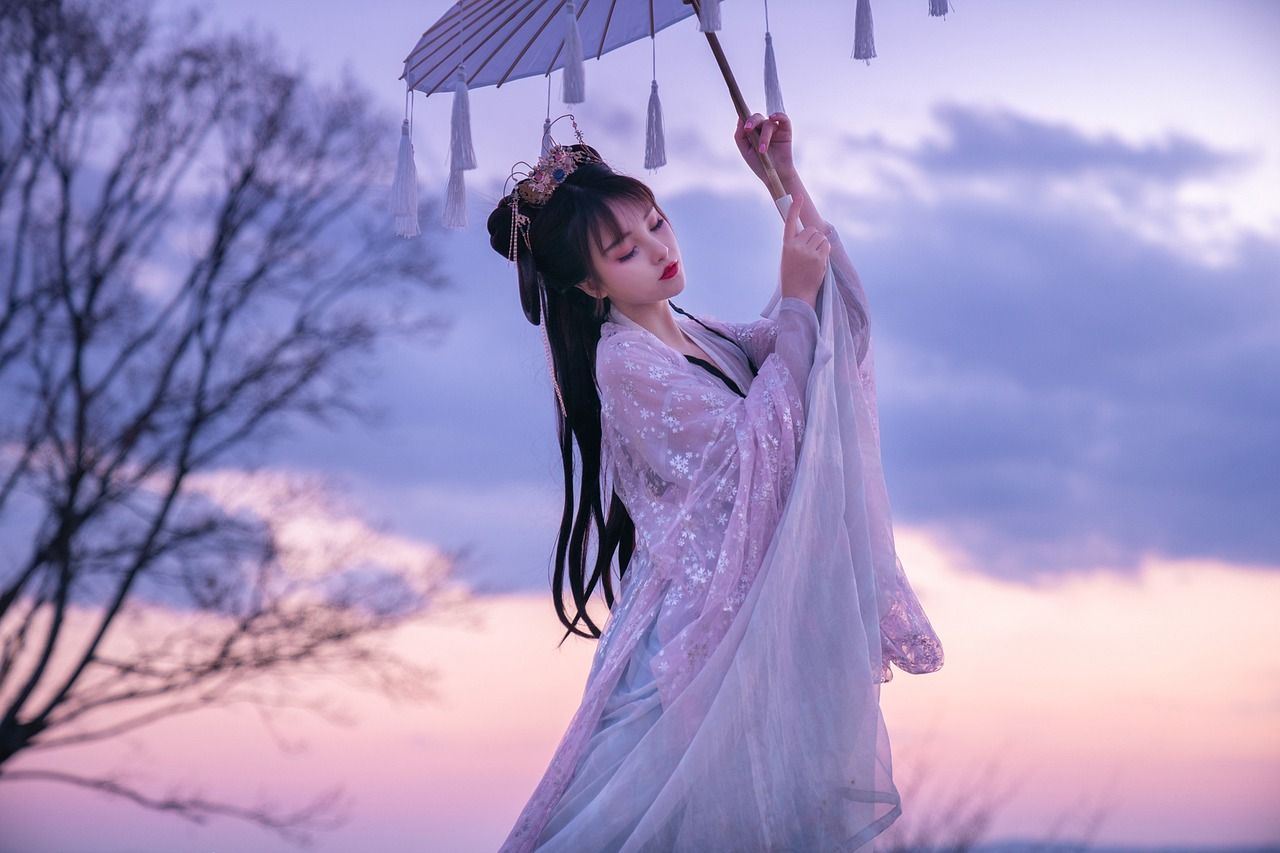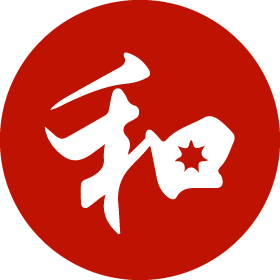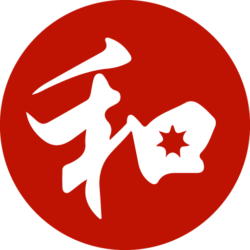Diving into the world of Chinese fashion
Amidst the sea of flashing camera lights, the tall and beautiful model confidently stares into the distance, puckering her lips while sucking in her cheeks to increase facial definition.

Axel Melkonian
Amidst the sea of flashing camera lights, the tall and beautiful model confidently stares into the distance, puckering her lips while sucking in her cheeks to increase facial definition. She is wearing the latest design from the Chinese luxury brand Guo Pei, a pink flowing dress. After basking in the cameras for 10 seconds, she sharply turns around as another model takes her place.
The scene above encapsulates the excitement of the modern Chinese fashion industry. From its humble beginnings, the industry has blossomed into a multi-billion dollar business, with dozens of famous Chinese designers’ works being featured in fashion shows across the world. However, how did we get to this point?
History of fashion in China
The history of fashion in China occupies a period of more than 5000 years, ranging from the traditional hanfu worn in Imperial China, to the flamboyant and unique designs and trends seen amongst contemporary Chinese society.
Fashion in the Imperial era (221BC - 1911 AD) was dominated by the hanfu, the traditional style of clothing worn by Han Chinese. While traditionally consisting of a robe and skirt worn as the upper and lower garments respectively, variations were made by each successive dynasty. During the Qin dynasty (221BC - 210BC), the colour of clothing was used to indicate social rank; officials wore green while commoners wore white. Moreover, silk could only be worn by high status members of society, with merchants—being near the bottom—being prohibited from wearing it. The tumultuous periods of warfare that followed in the centuries after during the Three Kingdoms (220 - 280) and Sixteen Kingdoms (304 - 439) era, led to extensive cultural exchange of clothing. This ironically led to Han Chinese living in the south adopting the shanku attire of the northern minorities, while the rulers of the northern minorities adopted the court dress of Han Chinese.
The conquest of China by Genghis Khan and establishment of the Yuan dynasty (1271 - 1368) led to significant changes to Chinese fashion. For elite members of society, traditional Mongolian attire was almost exclusively worn. For men, this commonly consisted of a terlig robe, followed by tight sleeves and pleats for riding. Following the overthrow of the Yuan, the Ming Emperors sought to adopt the dress codes of the previous dynasties, banning the Mongol nomadic clothing which was fashionable under Mongol rule. The final great developments to the Hanfu occurred during the Qing Dynasty (1636 - 1912). Consisting of a long gown cut from a whole piece of clothing, the Chaofu was worn by most men within society. Most famously, the Qing
Emperors wore the Gunlongpao, an elaborate gown decorated with a dragon coloured a brilliant yellow—the colour of the Manchus. Common features of Qing-era gowns are sable fur skirts, cuffs and collars, as well as fur trimmings all over it.
Following the Xinhai Revolution and establishment of the Republic of China in 1912, laws were passed requiring government ministers to wear western clothing. Men wore shirts and trousers, while women began to wear skirts and dresses. For a period in 1964, items such as high heels, jeans or ties were condemned for being “bourgeois” during the Destruction of the Four Olds period. Apart from this, Chinese fashion has continued to be largely influenced by western clothing traditions. Excitingly however, renewed interest in Chinese history has led to the hanfu making a resurgence on the modern runway stage.
Current trends/situation
Taking a look at current trends, China’s fashion industry has continued to grow exponentially, surpassing the US as the world’s biggest fashion market in 2019. The growth of the Chinese fashion industry remained unaffected by the COVID-19 pandemic. Despite a decline of sales in 2020, a quick recovery was made in 2021 and sales surpassed pre-pandemic levels. This is unlike other fashion industries globally, which are still in recovery. The term ‘Made in China’ continues to be a recognised label for a reason, with China’s garment industry producing over 40 billion pieces of garments yearly and employing over 10 million people. Not only this, but domestic fashion brands are an emerging facet of China’s booming fashion industry, and Chinese e-commerce platforms are influential players in adapting to digital avenues for retail that have become popular as a result of the pandemic.
With this in mind, let's take a look at some current trends that are features of China’s growing fashion industry.
E-commerce
The rising popularity of e-commerce is an increasingly influential part of the Chinese fashion industry. Companies such as Alibaba, Tencent, WeChat and Baidu dominate the domestic e-commerce market, and unlike Western e-commerce models, these companies use multi-channel and multi-use platforms to improve efficiency by gathering consumers to one place. Alibaba has used their e-commerce platform in innovative and interesting ways, such as partnering with Shanghai Fashion Week to create virtual shows, live streaming and other digital content, as well as allow designers to sell directly to customers online. In 2019, Alibaba’s e-commerce platform reached over 1 billion active customers and increased its consumer reach by over 140 million, making e-commerce a growing area of interest within the fashion industry.
Luxury Fashion
With a growing middle class and improving living conditions, the luxury fashion industry is growing in China. Between 2009-2012, luxury brands in China saw a growth in sales between 27% and 65%. The younger generation are driving this trend, representing 40% of the industry’s growth. Not only is luxury fashion popular for Chinese consumers, but Chinese luxury fashion brands such as Ne Tiger have begun to emerge, creating new spaces within the Chinese fashion industry for Chinese designers to express their creativity, culture and national pride.
Proudly Made in China
The rise of domestic brands and designers has sparked conversations on the stigma attached to the term ‘Made in China’. For Chinese designers and consumers alike, this term is now one of national pride and success. Some designers have even taken concrete action to subvert this stigma, with designers Guo Pei and Samuel Guì Yang labelling their products in 2014 as ‘Proudly Made in China’.
Sustainability
Sustainable fashion is something modern consumers are increasingly conscious about, and domestic designers are leading this movement to be more environmentally conscious. Chinese brands such as NEEMIC, Fake Natoo, ICICLE and JNBY use organic, recycled and donated materials for their garments. Domestic designers have also created innovative and sustainable manufacturing methods, such as Susan Fang who created ‘air weaving’ which allows for reduced waste during manufacturing.
Conclusion
From the Imperial era to the 21st Century, China’s long history of fashion has led to the influential and booming industry that we know of today. From the initial designing process to the final stage of consumer experience, Chinese brands and designers are leading the fashion world through their innovation and creative methods, making China’s fashion industry a source of national pride for many.

